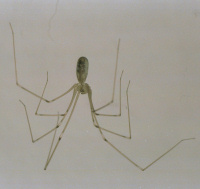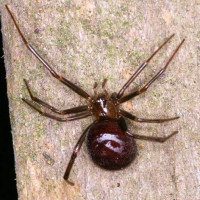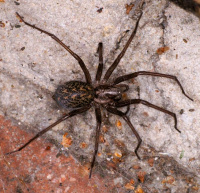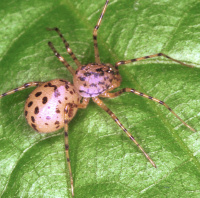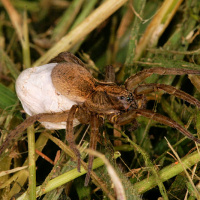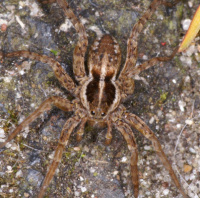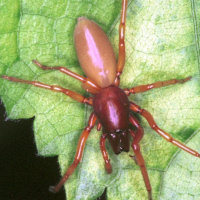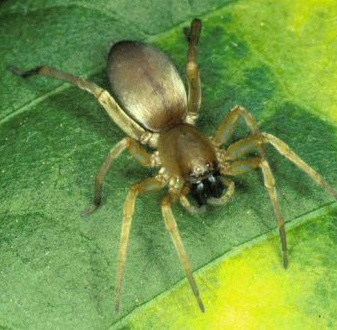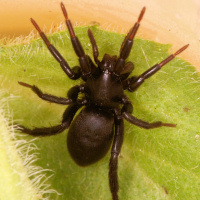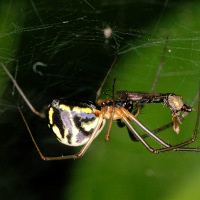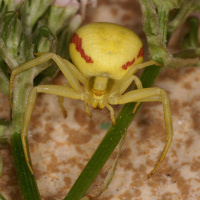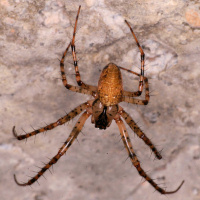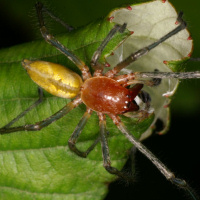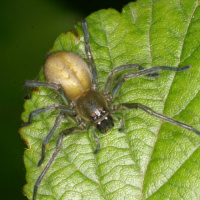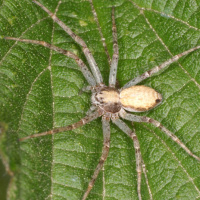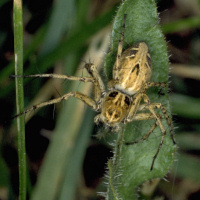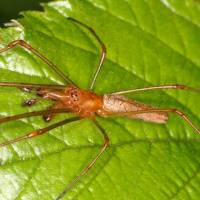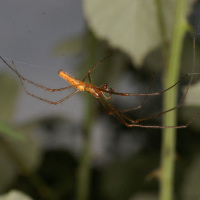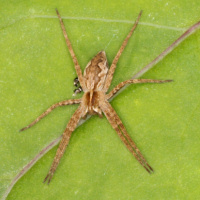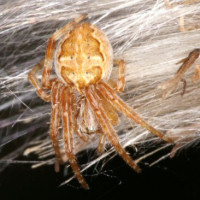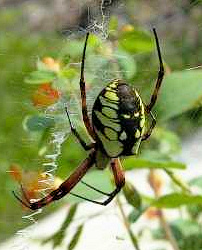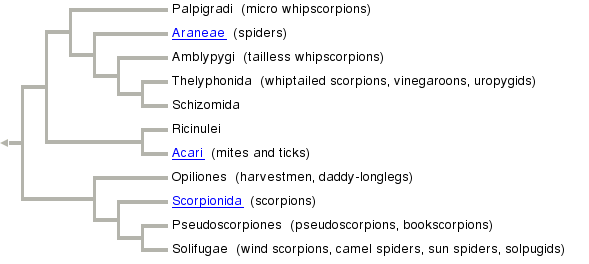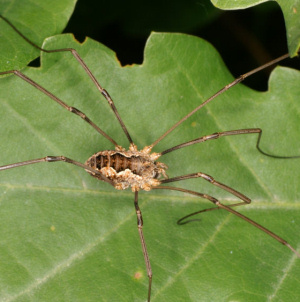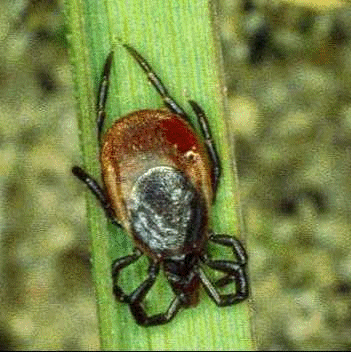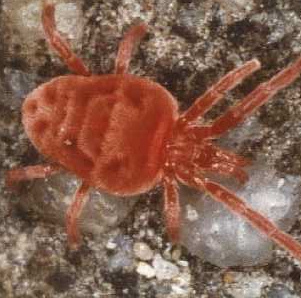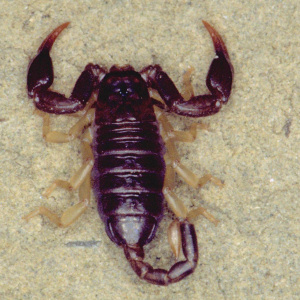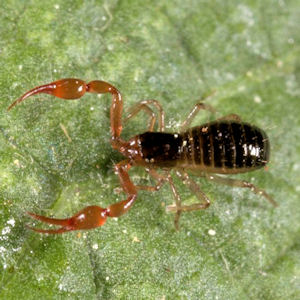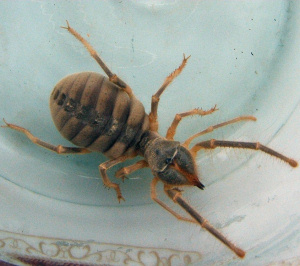Many people think spiders are dangerous creatures that should be wiped away with a cloth, sucked up in the vacuum cleaner or smashed with a newspaper. That is not wise because spiders play a very important role in our Eco-system.
They catch many annoying and harmful insects, are not destructive and are therefor useful creatures.
As you will see on these pages, many of the spiders are beautifully colored, and therefore very pleasant and wonderful to look at. Since most spiders are very small, you need a magnifying glass or a camera to study them or to reveal their beauty.
I receive many questions about poisonous/venomous spiders. Most spiders use venom to kill their prey.
Spider venom is almost always harmless to humans. However, there are a few exceptions.
In Europe there is one spider, called "Black widow", whose effects of the bite may hurt.
The stories about her deadly venom are exaggerated. She lives in the southern parts of Europe.
Recent, controlled, studies show that the necrotic or neurotoxic effects of spider bites are often mild and of no medical importance.
Male jumping spider Saitis barbipes.
Our European peacock spider.
The house spider (Agelenidae) is a famous "scary" spider. In autumn the males are often spotted searching for a female.
He runs on his long legs through our house, especially if we are watching television.
Leave him alone and after a few minutes he is gone or eaten by the cat.
The garden spider (Araneidae) is also often seen in her wheel web. To see the glue spitter (Scytodidae) you have to look better.
The daddy longleg (Pholcidae) is the greatest killer dangling in a ceiling corner inside your house. In winter they kills almost all surviving insects and at last even their own kin.
The jumping spider (Salticidae) is that cute small thing that jumps, often on you finger if you place it in fromt of him.
Have a look at the pictures on the thumbnail page for many common spiders.

